Outsourcing 3D-printed dental restorations to China offers both significant advantages and potential drawbacks for dental labs. The cost savings from lower labor and production expenses, combined with fast turnaround times and advanced CAD/CAM capabilities, make Chinese labs an attractive option. At the same time, risks such as compliance requirements, intellectual property concerns, communication barriers, and logistical complexity require careful evaluation before making a decision.
Key considerations for labs weighing outsourcing options include:
- Cost efficiency: lower unit costs for crowns, bridges, and dentures, but hidden expenses from shipping, customs, and potential remakes.
- Access to technology: availability of advanced CAD/CAM workflows and diverse materials, including zirconia and high-performance resins.
- Operational flexibility: outsourcing can ease overflow management and provide scalable capacity.
- Compliance and risk: adherence to FDA/CE/ISO standards, stronger data security, and mitigation of geopolitical uncertainties such as tariffs.
- Quality and communication: ensuring CAD/CAM file compatibility, managing remakes, and maintaining clear cross-time-zone communication.
- Logistics: shipping reliability, customs clearance, and balancing international with local production.
For labs considering outsourcing, the decision ultimately comes down to balancing financial and operational advantages with strategic risks. By conducting due diligence on potential partners, establishing clear communication protocols, and seeking guarantees on quality and turnaround, dental labs can mitigate risks and capture the full benefits of cross-border collaboration with Chinese 3D printing labs.
What Cost Advantages Do Dental Labs Gain by Outsourcing?
Outsourcing dental restorations to China often lowers per-unit costs by reducing labor expenses and leveraging economies of scale. While savings are significant, labs also need to account for hidden costs such as shipping, customs, and remakes to calculate the real return on outsourcing.

How Do Labor and Production Costs in China Lower Restoration Expenses?
China’s lower labor and operational costs significantly reduce the price of producing restorations. Skilled technicians and large-scale labs can complete crowns or dentures at a fraction of the cost compared to in-house production in North America or Europe. For example, outsourcing can cut unit costs by 30–50% depending on case type, with savings especially pronounced in labor-intensive restorations such as dentures.
Can Outsourcing Reduce Per-Unit Costs for Crowns, Dentures, and Implants?
Economies of scale drive additional savings. Partner labs often process thousands of units monthly, which spreads overhead across larger volumes. This lowers per-unit pricing for:
- Crowns and bridges – predictable, standardized workflows maximize efficiency.
- Dentures – manual steps are streamlined by specialized teams.
- Implants and abutments – bulk material procurement lowers base costs.
For labs handling moderate volumes, outsourcing often matches or undercuts the internal cost of running equipment and staff.
What Hidden Costs (shipping, customs, remake) Should Labs Anticipate?
Savings are not absolute—labs must plan for hidden expenses:
- Shipping – international courier fees can add $15–30 per case, depending on weight and delivery speed.
- Customs duties and tariffs – variable costs depending on region and product classification.
- Remakes – occasional adjustments or refits may reduce overall savings, especially if communication delays extend turnaround time.
A realistic cost model must factor these elements into per-unit calculations.
Cost advantages from outsourcing are clear, but they are not one-dimensional. Labs that fully account for labor savings, volume discounts, and hidden costs are better positioned to make sustainable outsourcing decisions. Many clinics and labs use overseas partners like Raytops Dental Lab to stabilize unit pricing while balancing shipping and remake risks.
How Does Outsourcing Provide Access to Advanced Dental Technology?
Outsourcing to Chinese dental labs gives smaller or mid-sized labs immediate access to advanced digital systems without the need for heavy capital investment. Partnering allows labs to leverage CAD/CAM capabilities, diverse material options, and support for complex restorations that may be difficult to achieve internally.
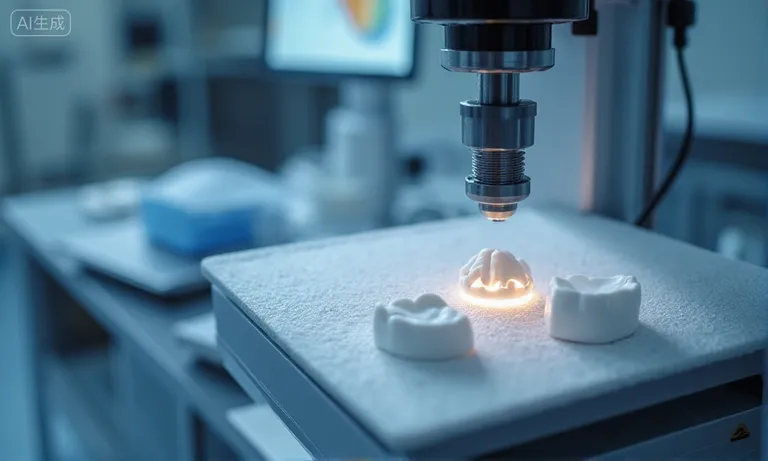
What CAD/CAM Capabilities Do Chinese Dental Labs Commonly Offer?
Most large-scale Chinese dental labs are equipped with:
- 3Shape and Exocad systems for digital design.
- High-resolution milling machines for zirconia and metal frameworks.
- Industrial-grade 3D printers for resin-based models and surgical guides.
- Digital workflow integration that ensures smooth case management from STL upload to final restoration.
These tools are often out of reach for smaller labs due to cost, but outsourcing makes them available on demand.
How Do Partnerships Expand Material Options (zirconia, resins, metals)?
Access to a broad range of validated materials is another benefit. Partner labs can offer multilayer zirconia for esthetic crowns, cobalt-chromium for frameworks, or biocompatible resins for surgical guides. Because these labs purchase materials in bulk and validate them against ISO or FDA standards, outsourcing provides confidence in durability and safety while avoiding the burden of individual lab certification.
Can Outsourcing Support Complex Restorations Such as Surgical Guides?
Complex restorations require precision equipment and experienced technicians. Surgical guides, implant abutments, and full-arch prosthetics demand advanced printers and calibrated workflows. Partnering with overseas labs ensures these cases are handled by specialists with high consistency, reducing remake risk. For example, a U.S. clinic outsourcing full-arch zirconia bridges reported fewer adjustments compared to earlier in-house attempts.
Access to advanced dental technology is one of the strongest reasons labs choose outsourcing. By collaborating with overseas partners like Raytops Dental Lab, clinics and regional labs can expand their service offerings, maintain quality standards, and compete with larger players—without making large upfront investments.
What Operational Benefits Can Outsourcing Bring to Dental Labs?
Outsourcing 3D-printed restorations to China can help dental labs handle workload fluctuations, improve turnaround times, and ensure continuity through cross-time-zone collaboration. These operational benefits often translate into higher efficiency and fewer delays for clinics and patients.
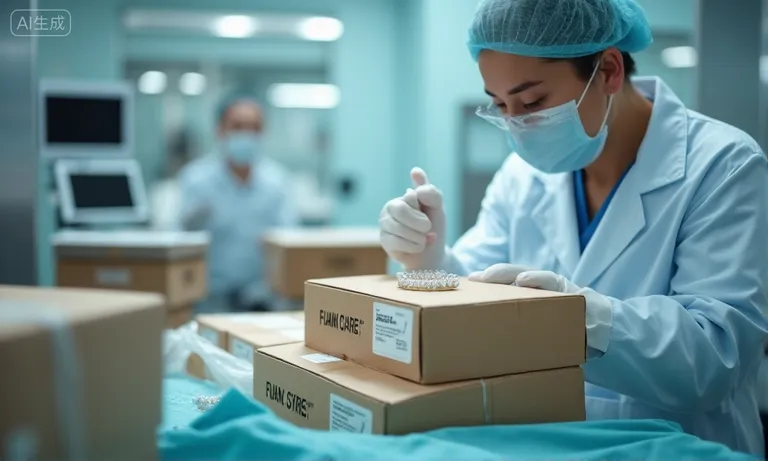
How Does Outsourcing Help Manage Overflow Cases in High-Volume Restorations?
When demand spikes, internal capacity can quickly become stretched. Partner labs provide backup by:
- Taking on large crown and bridge batches during peak times.
- Handling specialized denture cases that require extra technician hours.
- Providing scalable support when clinics expand services or launch new locations.
This flexibility prevents bottlenecks and protects delivery commitments.
What Impact Does It Have on Turnaround Times for Crowns and Bridges?
Well-structured outsourcing partnerships can actually improve delivery speed. While international shipping adds a few days, the production phase in partner labs is highly optimized. For example, a crown that may take a week internally due to staff shortages could be completed and shipped back within the same timeframe—or faster—by a high-capacity overseas lab. In urgent cases, local production remains valuable, but for routine work, outsourcing often balances out turnaround times.
How Can Cross-Time-Zone Collaboration Support Case Continuity?
Time zone differences can become an advantage. A North American clinic submitting files in the evening may find them processed overnight by a partner lab in China, with results ready the next morning. This “24-hour workflow” reduces downtime and allows faster case progression across borders.
Operational benefits are one of the strongest reasons labs outsource. By combining local capacity with overseas partners like Raytops Dental Lab, clinics and labs gain both scalability and continuity, ensuring that patient cases move forward without interruption.
What Risks and Compliance Challenges Should Labs Consider?
While outsourcing 3D-printed restorations to China provides cost and operational advantages, it also introduces risks. Labs must account for tariffs, data protection, and international regulatory standards to ensure outsourcing decisions remain viable and compliant.
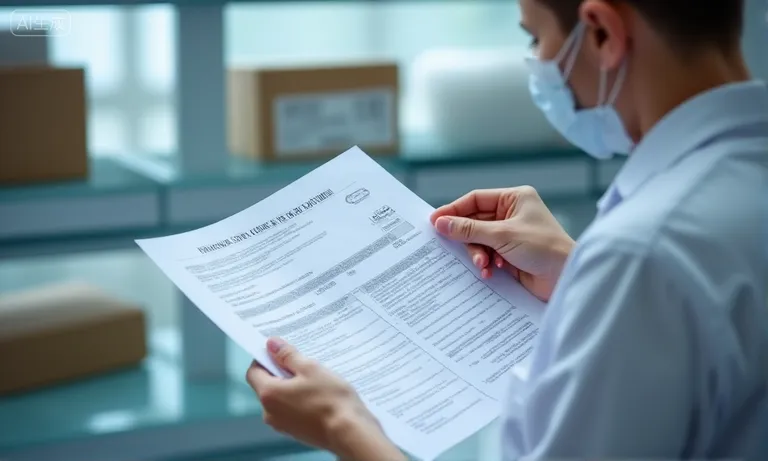
How Do Geopolitical Risks and Tariffs Affect Outsourcing Viability?
Outsourcing relies on stable trade conditions. Geopolitical tensions, tariff changes, or new import restrictions can raise costs and affect delivery timelines. For instance, dental products classified under specific tariff codes may face additional duties, reducing some of the cost advantages. Labs relying heavily on one region should monitor trade policy shifts and diversify sourcing where possible.
What IP Protection and Data Security Concerns Exist?
Sending digital files across borders creates vulnerabilities. Risks include:
- File interception during transfer without secure encryption.
- Unauthorized reuse of STL files for unapproved manufacturing.
- Data storage issues if files are kept on unsecured servers.
- Compliance gaps with local or international data protection laws.
Mitigation requires encrypted file transfer, clear contractual agreements, and due diligence on partner lab IT policies.
How Do FDA, CE, and ISO Compliance Apply to Outsourced Restorations?
Regulatory compliance is a central issue. Outsourced restorations still need to meet the importing region’s requirements, such as FDA registration in the U.S., CE marking in Europe, or ISO 13485 standards globally. Partner labs with validated certifications can reduce compliance risk, but the responsibility ultimately rests with the ordering lab. Without documented traceability, restorations may face rejection by regulators or clients.
Recognizing these risks early enables dental labs to establish stronger outsourcing frameworks. By partnering with overseas suppliers like Raytops Dental Lab that maintain validated certifications and transparent data protocols, labs can manage compliance while benefiting from outsourcing efficiencies.
What Quality and Communication Issues Can Arise with Dental Case Outsourcing?
Outsourcing dental restorations can save costs and expand capacity, but quality consistency and effective communication are frequent challenges. File errors, remakes, and collaboration barriers may reduce efficiency if not properly managed.
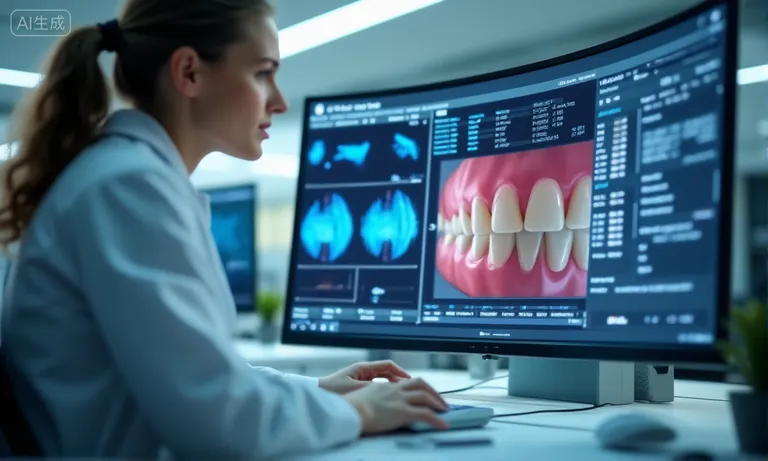
How Can Labs Ensure CAD/CAM File Compatibility and Avoid Errors?
Digital workflows depend on accurate STL file transfer. Even small mismatches between software platforms can result in marginal gaps or occlusion errors. Common issues include incorrect file orientation, missing scan data, or outdated CAD versions. Labs can minimize risks by using standardized file formats, establishing QA checks before submission, and confirming compatibility with partner labs’ CAD/CAM systems.
What Mechanisms Exist for Managing Remakes of Crowns or Dentures?
Remakes are inevitable, but effective outsourcing partnerships include clear processes for handling them:
- Defined remake policies with timelines and coverage rules.
- Shared case documentation to identify whether errors came from scanning, design, or manufacturing.
- Partial cost coverage for adjustments if faults are on the supplier’s side.
- Rapid communication channels to prevent patient delays.
These mechanisms turn remakes from costly setbacks into manageable corrections.
How Do Language and Time Zone Differences Affect Collaboration?
Communication barriers can impact efficiency as much as technical errors. Language differences may cause misunderstandings in design specifications, while time zone gaps can delay responses. Many Chinese dental labs now employ bilingual case managers and set up overlapping support hours to smooth collaboration. When well-coordinated, cross-border teams can maintain steady workflows despite physical distance.
Quality and communication challenges should not deter outsourcing but highlight the need for structured collaboration. Labs that work with experienced overseas partners like Raytops Dental Lab gain access to defined remake policies, bilingual support, and standardized CAD/CAM processes—reducing common risks while keeping restorations on schedule.
What Logistics and Supply Chain Challenges Are Involved?
Outsourcing dental restorations to China requires careful logistics planning. While production may be efficient, international shipping, customs clearance, and supply chain disruptions can impact delivery times and reliability if not managed proactively.
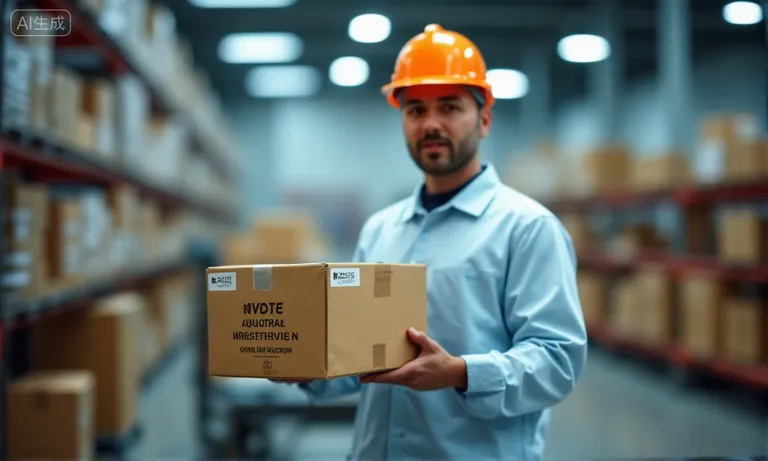
How Do Shipping Times and Customs Clearance Impact Delivery of Restorations?
Even with reliable production, cross-border shipping adds uncertainty. Express courier services typically deliver within 3–5 business days, but customs inspections can introduce delays. Restorations for patients often cannot afford unexpected holdups, making predictable logistics a critical factor. Labs should work with partners that have experience in documentation and pre-clearance to minimize risks.
What Buffer Strategies Help Reduce the Risk of Delays in International Shipments?
Labs can build resilience by:
- Maintaining buffer stock of commonly used restorations like crowns.
- Staggering shipments across multiple couriers to reduce single-point failure.
- Scheduling with lead time, avoiding last-minute submissions for complex cases.
- Monitoring customs requirements to prepare correct HS codes and paperwork.
These strategies protect patient care schedules and reduce stress for labs.
How Can Labs Balance Local vs. Outsourced Production for Supply Stability?
Relying exclusively on overseas production can leave labs vulnerable to shipping or geopolitical disruptions. A balanced model—keeping urgent, simple cases in-house while outsourcing complex or high-volume restorations—provides stability. This hybrid approach reduces dependency on international shipping while maintaining access to advanced overseas production.
Logistics challenges are manageable but require proactive planning. Partnering with experienced overseas providers such as Raytops Dental Lab helps labs set realistic timelines, use tested courier routes, and balance local with outsourced production for smoother case delivery.
What Best Practices Improve Outsourcing Outcomes?
Successful outsourcing of 3D-printed restorations depends on structured processes and careful partner selection. Labs that perform due diligence, establish clear communication, and secure turnaround guarantees are more likely to see consistent quality and predictable delivery.
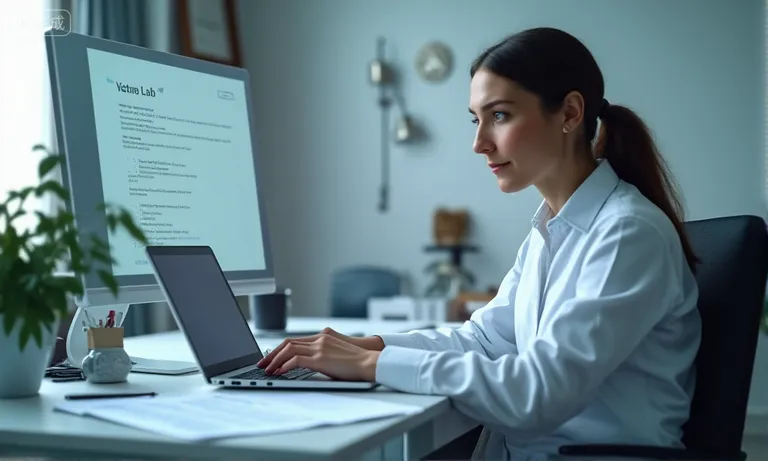
What Due Diligence Steps Help Identify Reliable Partners in China?
Before committing, labs should evaluate potential partners by:
- Verifying certifications (ISO 13485, FDA, CE) for compliance assurance.
- Reviewing case studies or references from other dental labs.
- Assessing production capacity to ensure scalability.
- Testing trial cases to evaluate accuracy and turnaround reliability.
This reduces the risk of working with underqualified providers.
How Can Labs Set Up Clear Communication Protocols with External Teams?
Smooth collaboration relies on shared expectations. Labs should establish designated case managers, bilingual points of contact, and standard operating procedures for file transfers and approvals. This minimizes misunderstandings and ensures that cases progress without delays. A structured communication plan also helps manage remakes efficiently when adjustments are required.
Why Are Turnaround Guarantees and Tracking Critical for Outsourcing Success?
Turnaround times are a top concern for clinics and patients. Reliable partners provide service-level agreements (SLAs) with defined production timelines and remake policies. Tracking systems, including online portals or shipping integrations, help labs monitor progress and anticipate delivery dates. These safeguards give labs the confidence to outsource high-value cases without risking patient satisfaction.
Outsourcing works best when approached as a structured partnership rather than a simple transaction. By collaborating with experienced overseas providers like Raytops Dental Lab, dental labs can reduce uncertainty, ensure compliance, and build a reliable digital workflow that supports long-term growth.
Conclusion
Outsourcing 3D-printed dental restorations to China offers clear advantages in cost savings, access to advanced technology, and scalable production. Yet, it also carries risks in logistics, compliance, and communication that must be managed with structured processes. The most successful labs approach outsourcing as a partnership rather than a transaction—balancing in-house capacity with trusted external support. By working with an experienced overseas dental lab like Raytops Dental Lab, clinics and regional labs can secure consistent quality, predictable turnaround times, and the flexibility needed to grow sustainably in a competitive digital landscape.


